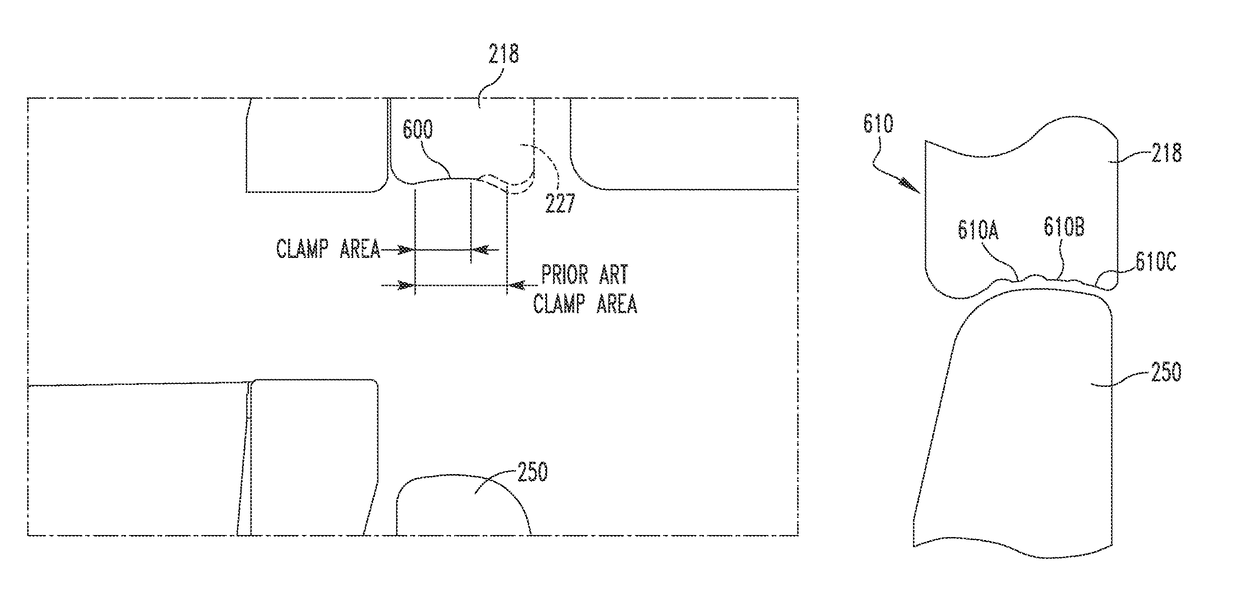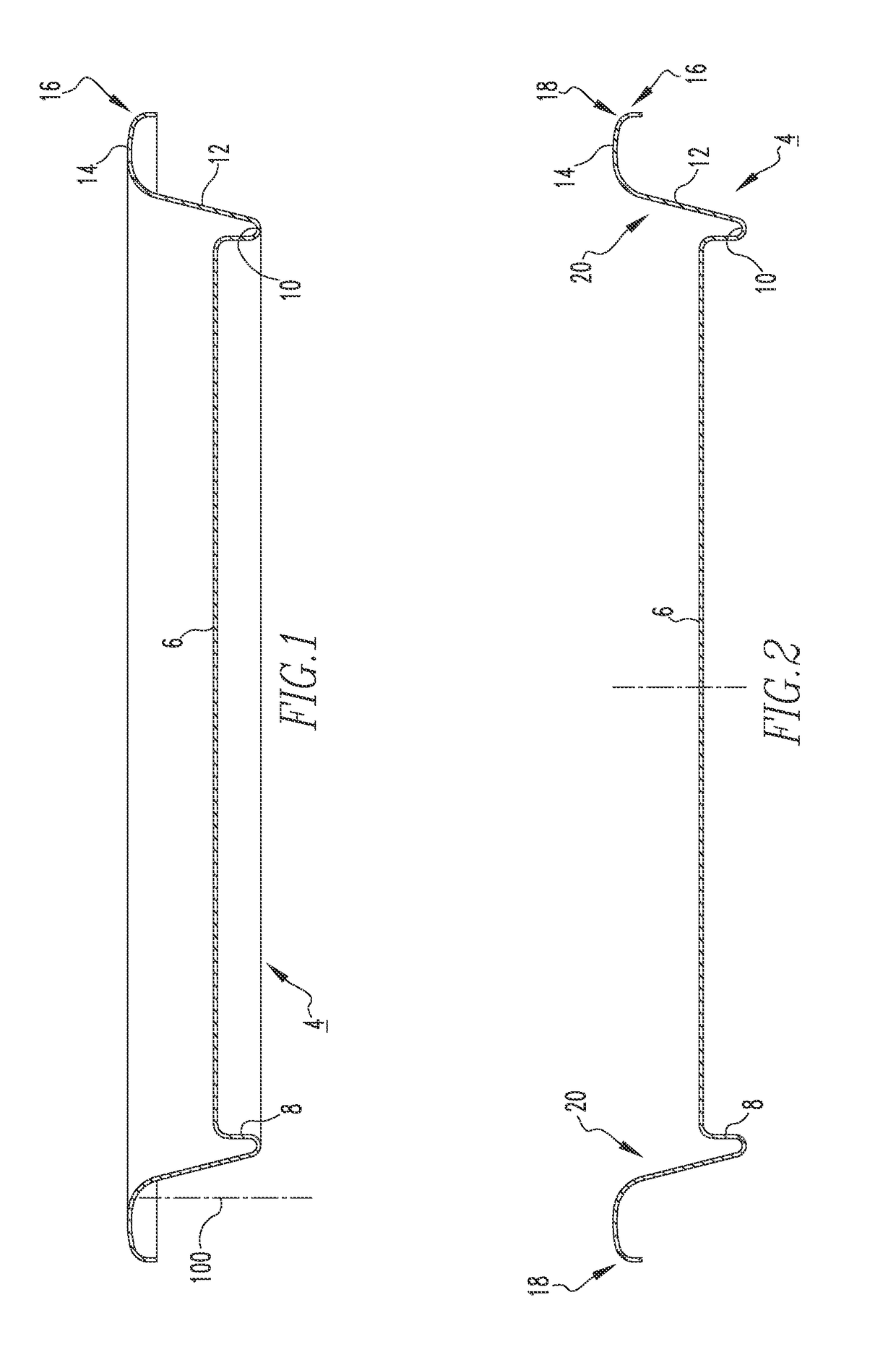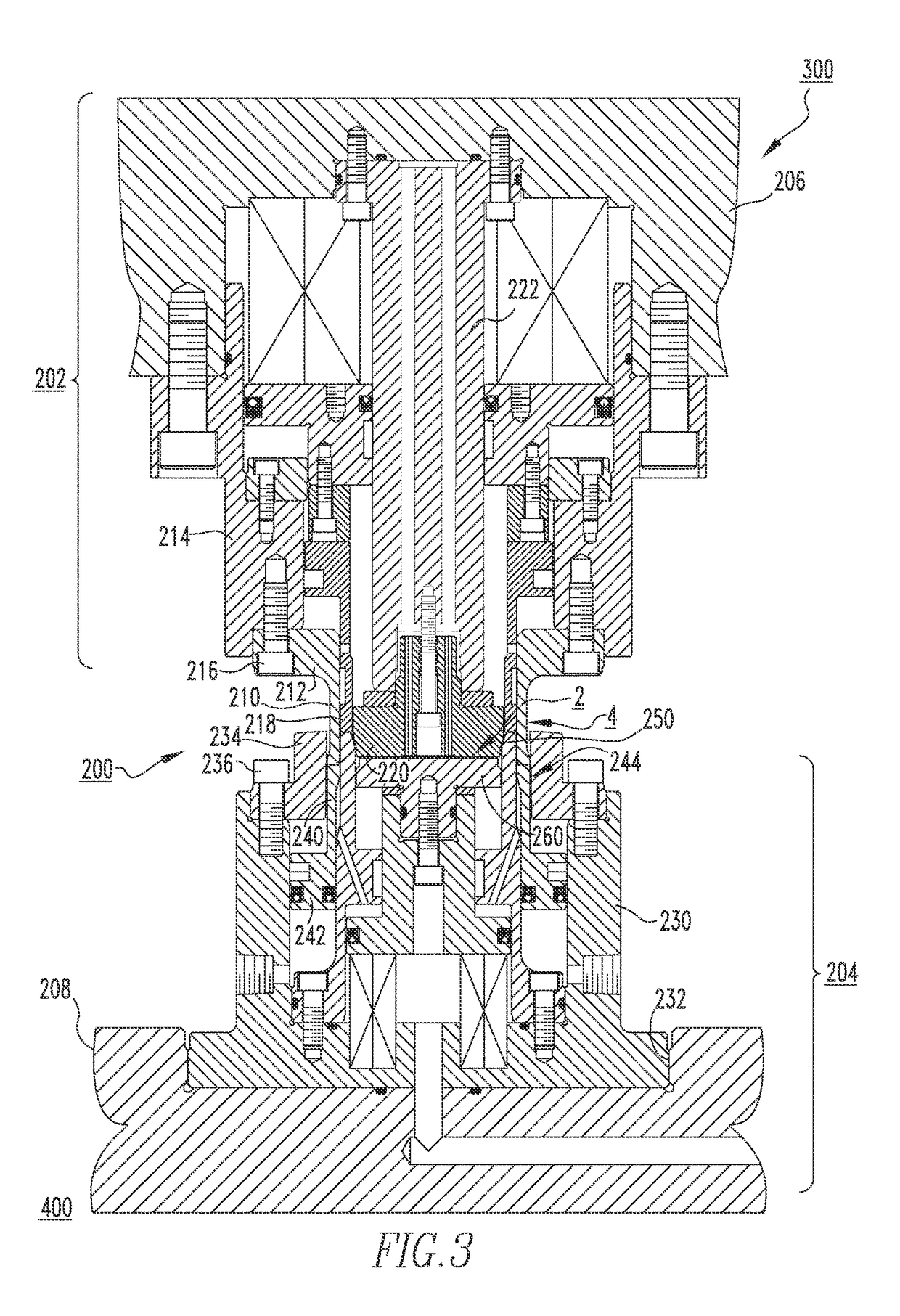Container, and selectively formed shell, and tooling and associated method for providing same
a technology of can ends and metal containers, applied in the field of containers, can solve the problems of sacrificing the area of the end panel, developing unique solutions, and reducing the amount of metal required, and achieving the effect of achieving the desired strength
- Summary
- Abstract
- Description
- Claims
- Application Information
AI Technical Summary
Benefits of technology
Problems solved by technology
Method used
Image
Examples
Embodiment Construction
[0033]For purposes of illustration, embodiments of the disclosed concept will be described as applied to shells for a can end known in the industry as a “B64” end, although it will become apparent that they could also be employed to suitably selectively stretch and thin predetermined portions or areas of any known or suitable alternative type (e.g., without limitation, beverage / beer can ends; food can ends) and / or configuration other than B64 ends.
[0034]It will be appreciated that the specific elements illustrated in the figures herein and described in the following specification are simply exemplary embodiments of the disclosed concept, which are provided as non-limiting examples solely for the purpose of illustration. Therefore, specific dimensions, orientations, assembly, number of components used, embodiment configurations and other physical characteristics related to the embodiments disclosed herein are not to be considered limiting on the scope of the disclosed concept.
[0035]D...
PUM
| Property | Measurement | Unit |
|---|---|---|
| thickness | aaaaa | aaaaa |
| thickness | aaaaa | aaaaa |
| pressure | aaaaa | aaaaa |
Abstract
Description
Claims
Application Information
 Login to View More
Login to View More - R&D
- Intellectual Property
- Life Sciences
- Materials
- Tech Scout
- Unparalleled Data Quality
- Higher Quality Content
- 60% Fewer Hallucinations
Browse by: Latest US Patents, China's latest patents, Technical Efficacy Thesaurus, Application Domain, Technology Topic, Popular Technical Reports.
© 2025 PatSnap. All rights reserved.Legal|Privacy policy|Modern Slavery Act Transparency Statement|Sitemap|About US| Contact US: help@patsnap.com



